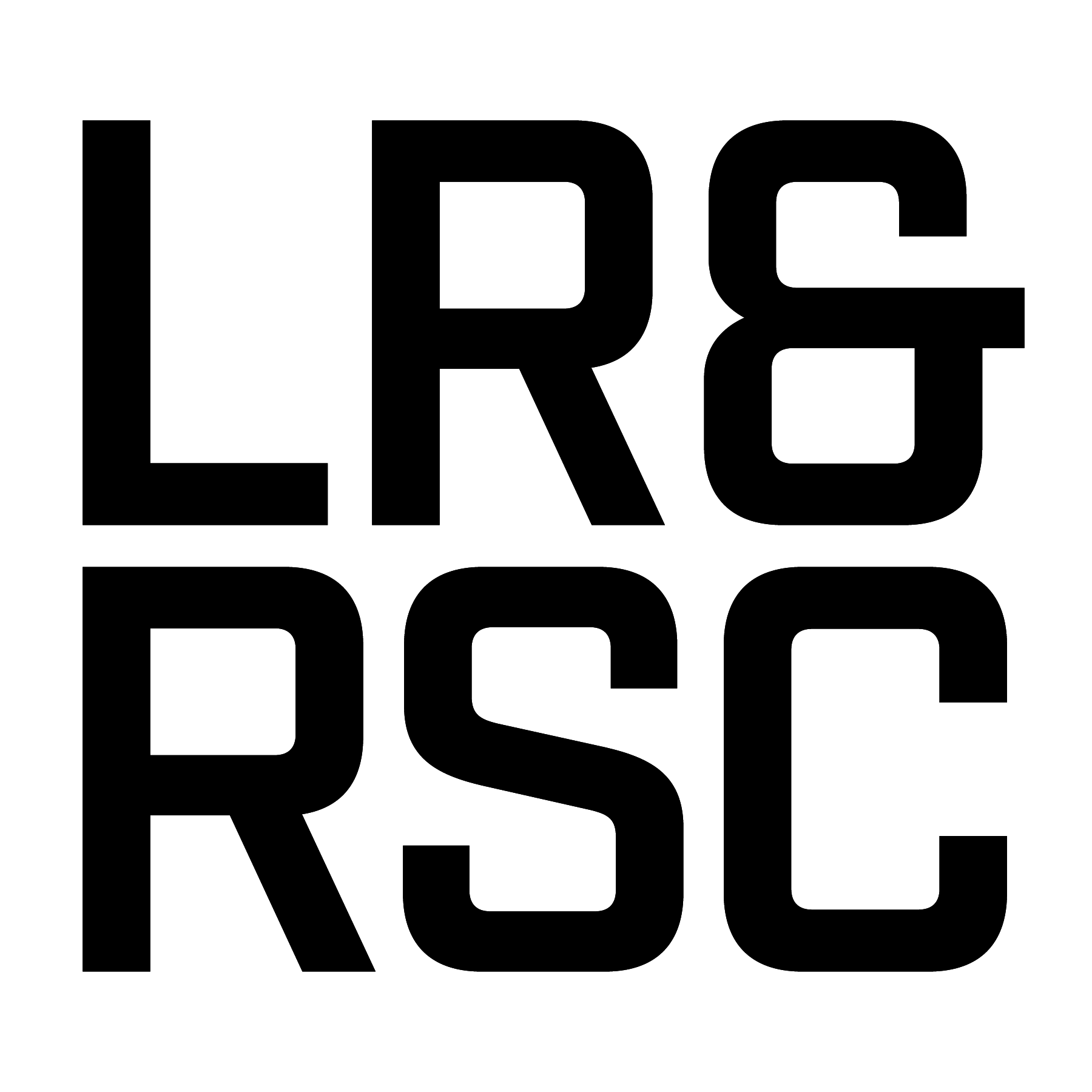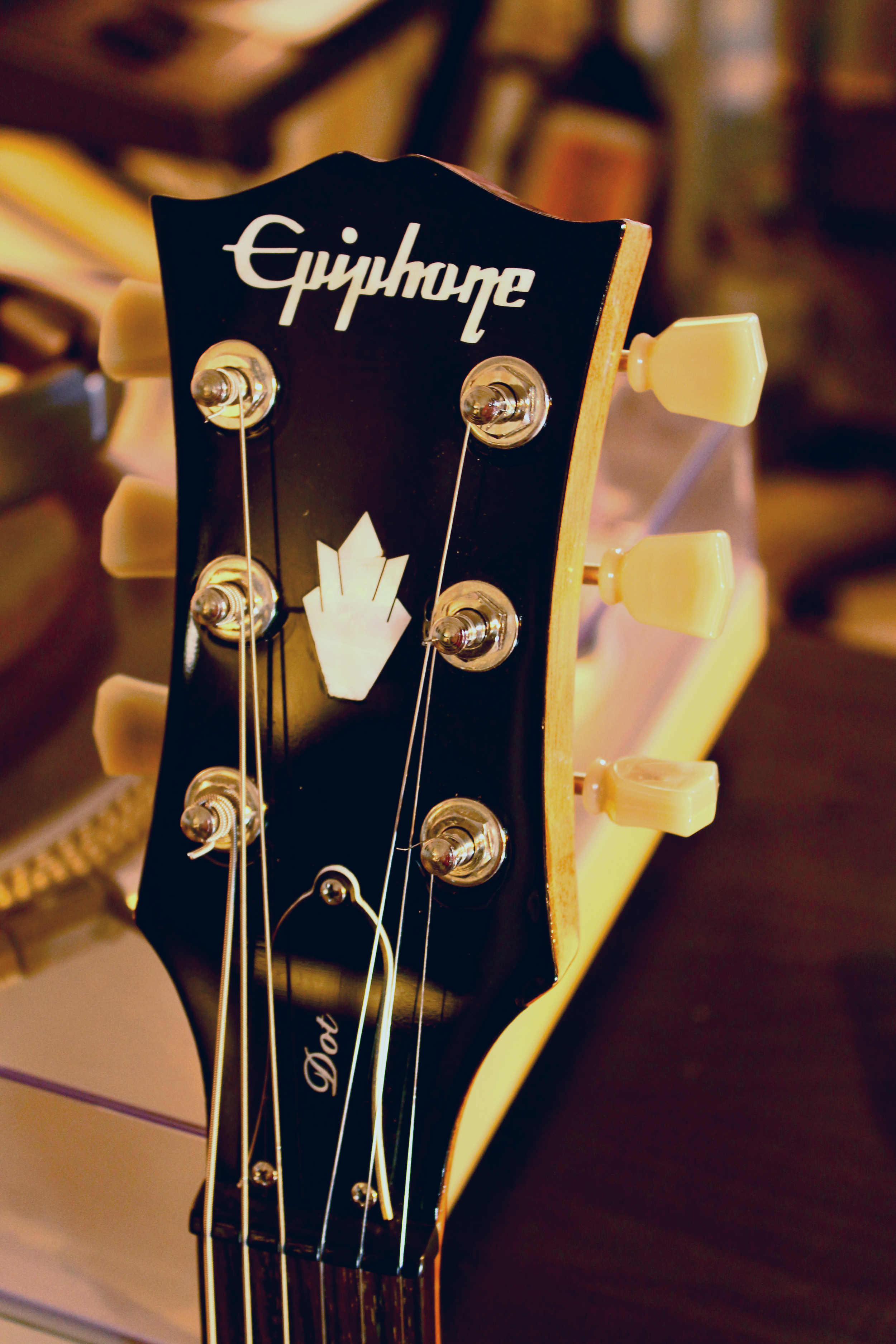The Acoustic Transition
The Acoustic Transition
For twenty four years it was just me and an acoustic guitar. First a Jasmine Dreadnought (Which I still have and still lights me up when I play her), then a Tacoma Roadking (That I completely jacked up during my first winter in Minnesota), a Taylor 210 and finally, the Holy Grail, a Gibson Hummingbird. I was satisfied. I had a beat and percussion. I had melody. I had big beefy volume when I needed it and little iddy biddy, plinkity plink noises when it was called for. I could hit it and strum it and tune it every which way.
Then I caught a bug. It was a challenge really. How could I take everything I already knew and translate it on an electric guitar?
It’s different… totally different. An acoustic can be dragged through a huge dynamic range, but the right hand needs to be in perpetual motion, using damping, choking and partial chords to retain rhythm and melody and keep all those dynamics under control. On an electric guitar all that finger trickery doesn’t work the same. In fact, for someone like me, with such a high functioning and heavy right hand it turned to mush. What did my brain, my right hand and my writing need to learn to make this all work?
I started by favoring those songs, already written, that on an acoustic only required full throttle, wide open, choppy strumming. That choppy playing style translated well to an electric guitar. But how far was this going to take me? I’d run out of songs soon.
I figured that the learning curve would be similar to when I first started to exclusively use open tunings. A few songs would translate immediately and then through practice, tutorials, happy accidents and asking my peers, more songs would begin to fit and my writing would start to adapt.
While I was working at a guitar shop in Saint Paul I was in the envious position of being able to try everything! From top of the line, custom shop Gibson’s to clunky old Japanese Teisco’s. I tried a LOT of guitars, but through gifts and trade in’s I acquired a Natural 2014 Epiphone Dot.
I had Wyatt Overman load this basic two humbucker, Korean made semi-hollow with new pickups; A Seymour Duncan Antiquity in the bridge and a Gibson P94 in the neck. I upgraded all the wiring and capacitors and installed a Bigsby tremolo.
I even had Luthier Richard Leach reform the headstock to a Gibson “Open Book” style (I’m sorry! The big, honkin’ Epiphone headstock was outrageously big!).
It really was the perfect guitar for the transition. It punches in all the right places and handles my more “acoustic” style of playing. The P94 is warm and mellow and reacts to the variety of strumming I throw at it - Fuller, or finger picked as needed. Switching back to the Antiquity gives a little more punch in much the same way the acoustic would if I hit a little closer to the saddle for a percussive and brightness lift. It turned out that more songs than I expected translated over to this guitar.
An added bonus that I hadn’t thought of is that this is a great guitar for practicing at the apartment. It’s acoustic enough to allow me to enjoy it and “electric” enough to keep the noise down for the neighbor’s new baby!



